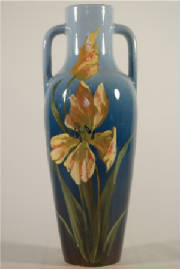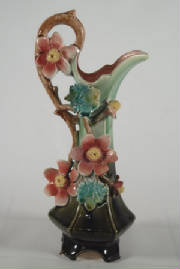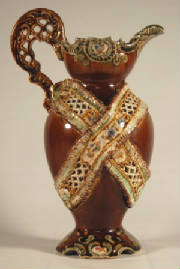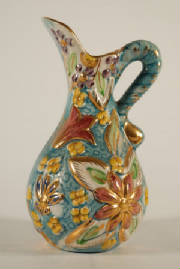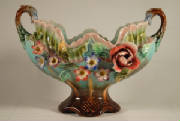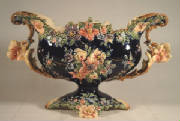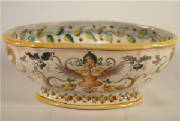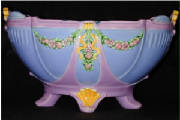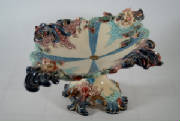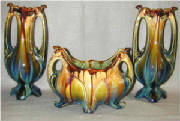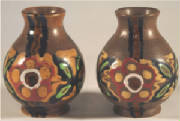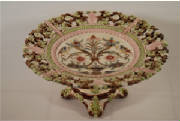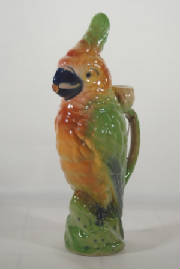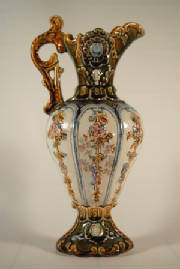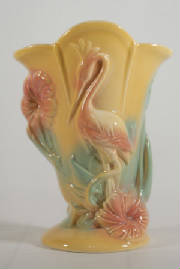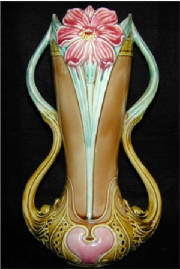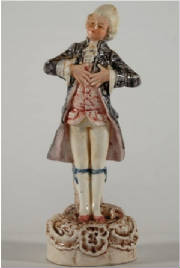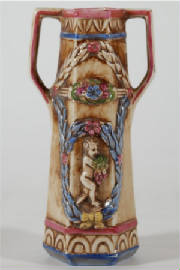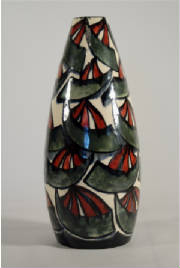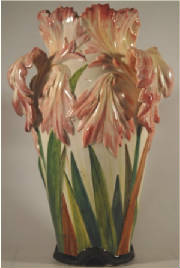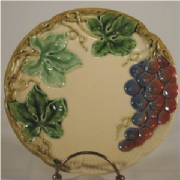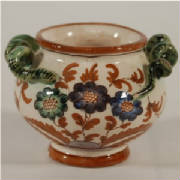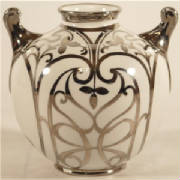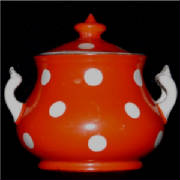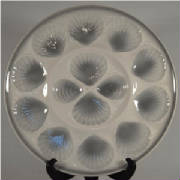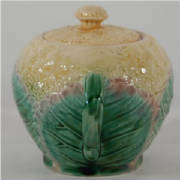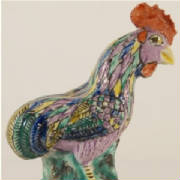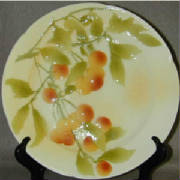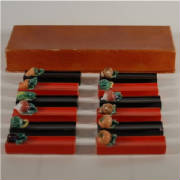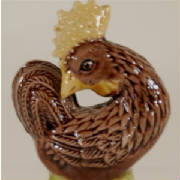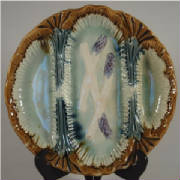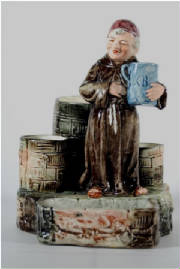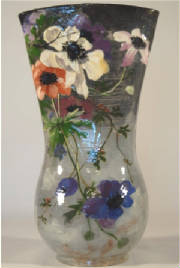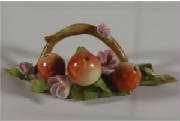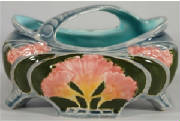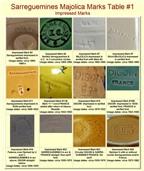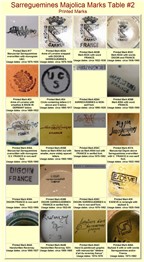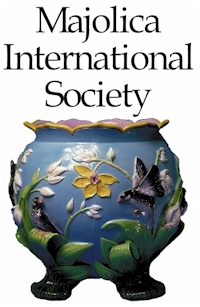|
Please come in and browse a while--
Below you'll find
you can shop our Shantique Gallery at Ruby Lane by the categories of Function, Country of Origin, Pottery
Type & Style, or Manufacturer. Each of these categories is futher divided into specific sub-categories,
such as Vases in the Function category or Germany in the Country of Origin category. Just
click on the links below to see all our inventory in your particular category of interest.
If you have nothing
particular in mind and simply want to wander around the shop and see everything, click here to start your leisurely meander!
|
|
|
SHOP BY POTTERY TYPE
or STYLE |
|
|
|
|
|
|
|
|
|
|
|
|
|
|
|
|
|
|
|
|
|
|
|
|
|
|
|
|
|
|
|
|
|
|
|
|
|
|
|
|
|
|
|
|
|
|
|
|
We make several buying trips to Europe each
year to scour the countryside for treasures to bring to you. We discovered that buying and selling majolica is a wonderful
way to share our passion for this exquisite art pottery and enjoy pieces we never would have been able to own privately. We
hope that you enjoy browsing through our store, and please check back often as we are constantly adding to our inventory.
Don't see what you're looking for? We are happy to try to find you that special something. Just
drop us a note and tell us what you're seeking!
|
|
A Sneak Peak into the Library...
What it is: By
definition, majolica (with a J) is soft-paste earthenware that has been fired to the biscuit stage, then coated with
an opaque lead or tin (or both) glaze, which is allowed to dry. After this preliminary glaze dries, the decoration is
painted on with bright, colorful metal-oxide glazes. The piece is then fired again, resulting in the brilliant
and glossy finish for which majolica is most well-known...Read more Origin of the character pitcher: Though the English Toby jug may be better known, it owes its basic form to a faience jug that became
popular in the Netherlands, Flanders, and the north of France in the 1500’s, more than 200 years before the first Toby
appeared on English shores. While the official history of these Delft pitchers is lost to time, the legend
of their origin lives on. Their creation is credited to the colorful and romantic Jacqueline de Baviére
(b. 1401; d. 1436), the countess of Hainaut, Zeeland, and Holland...Read More The
Beginning: In 1790, three tobacco merchants founded a pottery in the town of Sarreguemines (pronounced Sahr-guh-mean)
on the left bank of the Sarre River at the confluence of the Sarre and Blies Rivers in the Lorraine region of France. Inhospitable
circumstances forced them to abandon their project after less than ten years. In 1800, Paul Utzschneider,
a young Bavarian, acquired the pottery, and under his inspired leadership, and that of his son-in-law, Alexandre de Geiger,
who assumed management of the company in 1836, the pottery at Sarreguemines soon took its place amongst the stars in the ceramics
world. They were best known for their “faience fine” (tin-glazed earthenware)...Read More |
We are a proud member of:
|
|

